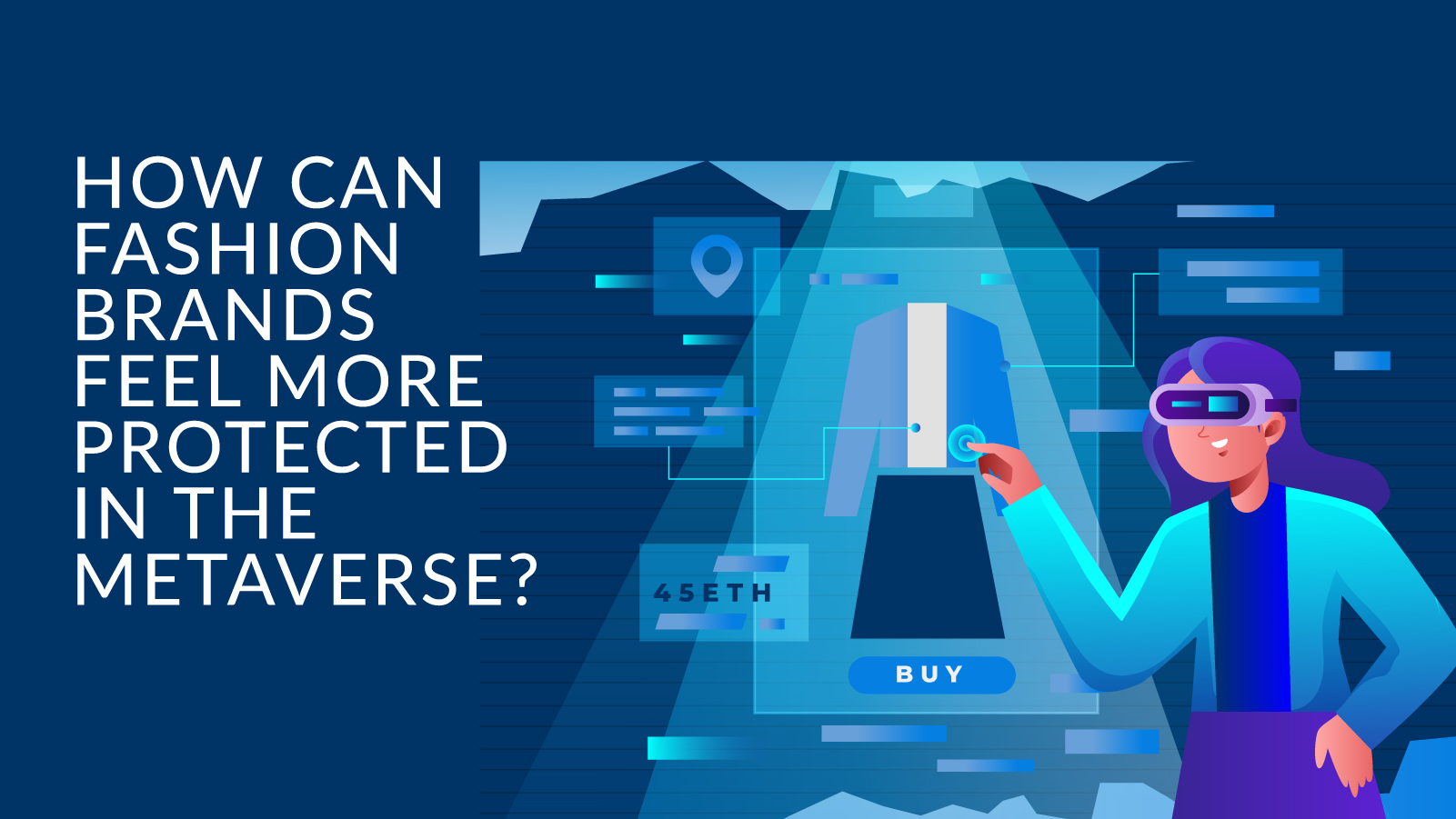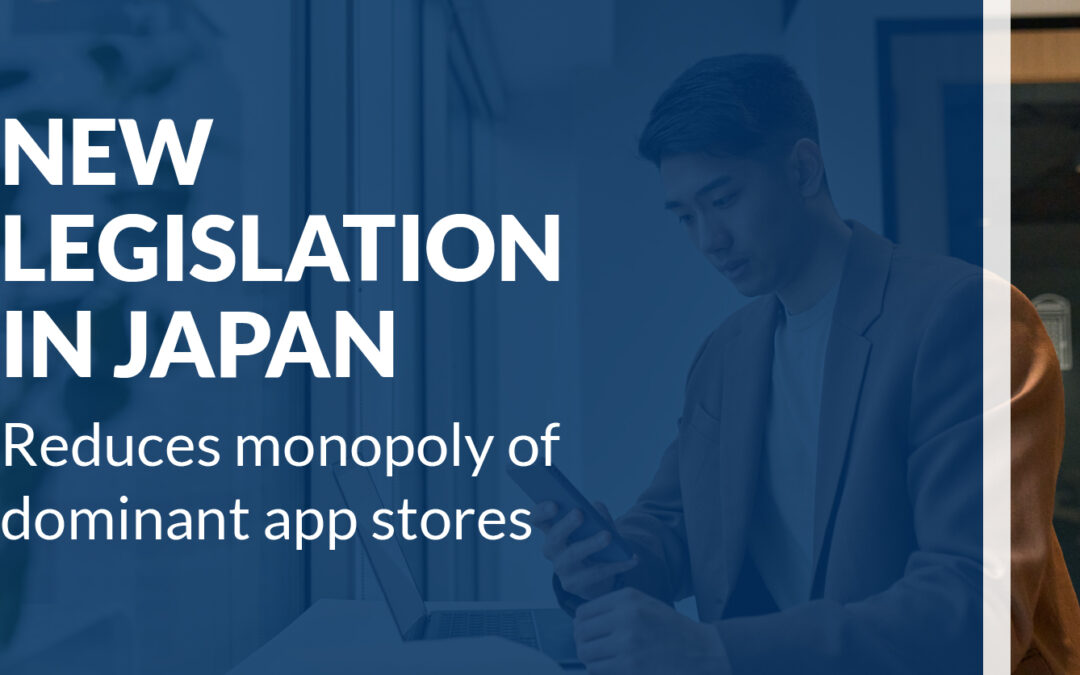The metaverse’s growth is imminent and it’s becoming by the minute the place where everyone should be.
All industries are starting to grasp this and are getting involved in it. Fashion is not the exception, and different brands have become involved in the meta world. The virtual universe Decentraland hosted in March 2022, the first Metaverse Fashion Week which was a success, as it featured more than 70 brands, artists and designers.
One of the benefits and innovative ways of the metafashion world is the way in which consumers can interact with the clothing items, trying them on virtually before deciding whether to buy them or not. The online clothing, the virtual versions of the items, are in the form of what is known as NFTs (non-fungible tokens).
These NFTs can be replicated and created without much difficulty or expertise.
As a result, the brands are becoming more vulnerable of being copied and exploited by others.
Intellectual Property has therefore become an important issue for brands, which are taking steps to protect their goods in this platform.
One of the more iconic examples to date of an alleged infringement with luxury brands in the metaverse is the Hermès case. They filed a lawsuit against the American digital artist Mason Rothschild. The brand alleged that Rothschild created NFTs with images of Hermès Birkin bags and sold them for $23,000, and that by using the “MetaBirkins” name, the artists NFTs “infringed upon the intellectual property and trademark rights of Hermès and are example of fake Hermès products in the metaverse.”
Considering that there isn’t yet metaverse registrations for brands, what can they do to feel more protected?
Well, companies can and should file trademark applications for their marks, for both their classic description of goods and for downloadable virtual goods, to be covered in the digital world. Companies are filing new trademark applications for their metaverse names (words), phrases, logos, and designs before the U.S. Patent and Trademark Office (USPTO).
Even with these trademark registrations, infringement cases of Intellectual Property rights for fashion brands in the metaverse will probably continue to occur and increase. Although the judicial system in court will always be an available option, the community is inviting the metaverse platforms to also create non-judicial alternatives to resolve intellectual property disputes and therefore protect their rights.
When e-commerce grew rapidly, the increasing infringement cases also became a problem, and platforms such as Amazon, Etsy and eBay had to create their own systems to resolve the disputes for sellers. An example of this is Amazon´s Neutral Patent Evaluation System, where Amazon selects a qualifies patent attorney to serve as a neutral evaluator and assess the alleged infringement cases. The process is shorter and less expensive than in it were to be handled in court. The platform also has systems for other intellectual property infringements, like trademark and copyright infringement.
The metaverse platforms that are seeking to monetize by enabling third party commerce, for example digital goods in the form of NFTs, which will be the case of metafashion, should start to consider creating similar protocols and systems to protect the brands and help guard them against IP breaches.
For example, Amazon Brand Registry, is a protocol to verify the trademark registration and ownership before they can sell their products on their platform. For sure companies will prefer to work and make alliances with platforms that better protect their intellectual property. As an example of first steps on this direction, Sandbox, a metaverse world that works with brands like Gucci and Adidas, announced that they are joining Arianee, a consortium specialized in blockchain solutions for consumer brands.
The metaverse worldwide phenomenon has arisen big challenges regarding intellectual property
Metaverse platforms are being called to take this into account and work towards creating a safer environment for their brands so that they can feel protected in this new digital world and with this protection mechanisms, there will be more interaction of the current companies and the entrance of new companies and their trademarks in this digital world that is getting stronger by the minute.
By:
María A. Pava
Partner | Trademarks Director








